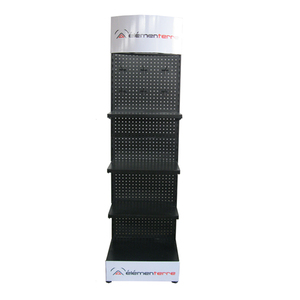Understanding Equipment Rack Width
When it comes to data management and storage solutions, understanding the concept of equipment rack width is crucial for anyone involved in IT, telecommunications, or electronics. Equipment racks serve as the backbone for housing vital technology components, and the width is a key measurement that significantly impacts the overall functionality and organization of your setup. Let's dive deeper into what equipment rack width entails, its types, applications, features, and advantages.
Types of Equipment Rack Width
Equipment racks are available in various widths to cater to different needs and compatibility with equipment. The most common widths include:
- 19-inch Racks: The most widely used standard, perfect for housing a variety of network, audio, and video equipment.
- 23-inch Racks: Typically utilized for larger equipment, such as high-end servers and certain audio devices that require additional space.
- 24-inch Racks: Often used for customization, providing flexibility for various devices while accommodating wider components.
- Custom Width Racks: Tailored to specific needs; custom racks can be designed according to unique space or equipment requirements.
Applications of Equipment Rack Width
The application of appropriate equipment rack width is extensive. It's essential in various environments:
- Data Centers: Ensures optimal use of space while providing easy access to servers and networking equipment.
- Telecommunications: Streamlines the organization of telecommunication devices for better service delivery and maintenance.
- Broadcasting Studios: Accommodates audio and video equipment, ensuring that cables and components are neatly arranged for efficiency.
- Industrial Settings: Enhances the installation process for manufacturing processes and machinery that require specific equipment dimensions.
Features and Advantages of Equipment Rack Width
The choice of equipment rack width comes with numerous features and advantages that enhance its utility:
- Standardization: Equipment racks adhere to industry standards (like 19 inches or 23 inches), which makes it easier to purchase compatible appliances.
- Space Optimization: Proper width helps in maximizing space in a facility, making it easier to manage and maintain equipment.
- Airflow Management: An appropriate width allows for better airflow around equipment, reducing overheating risks significantly.
- Flexibility: The availability of various widths means users can select racks that not only fit their current needs but can also adapt to future changes.
- Organizational Efficiency: Neatly organizing components by width allows for more efficient cabling and setup, leading to easier troubleshooting and maintenance.















































